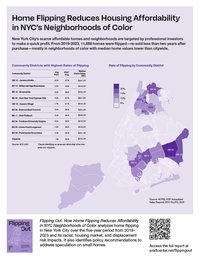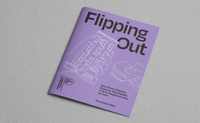
This report analyzes home flipping in New York City over the five-year period from 2019-2023 and its racial, housing market, and displacement risk impacts. It also identifies policy recommendations to address speculation on small homes.
Background
New York City’s small homes are being bought up by professional investors, backed by private lenders, seeking to flip properties for quick profit. Using property and neighborhood data, we analyze which New York City neighborhoods and residents are most affected by the house flipping industry and its impact on housing costs. Our findings confirm residents’ and organizers’ reports: home flippers have the largest market presence in neighborhoods of color, and target the scarce homes and neighborhoods affordable to low- and moderate-income residents. Our analysis shows that home flipping drives up housing prices and is correlated with displacement. Building on the work of local organizers and housing advocates, we identify policy recommendations to curb speculation, including a new tax on home-flipping and reforms to protect LMI homeowners of color from predatory tactics by speculators. As New York City faces record-high housing costs, growing racialized wealth inequality, and loss of Black residents, it is more important than ever to address corporate speculation that is costing low- and moderate-income New Yorkers of color their homes.
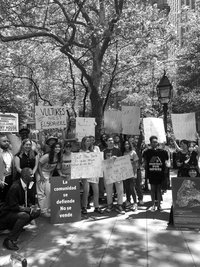
Key Findings
1. Home flipping is most prevalent in communities of color. From 2019-2023, 11,688 homes were flipped in New York City, concentrated in neighborhoods of color in Brooklyn, Queens, and The Bronx. The Community Districts with the top ten rates of home flipping citywide were more than 90% people of color, and more than half were majority-Black.

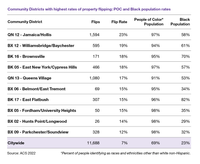
2. Flippers target scarce affordable homes and neighborhoods. In New York City, as nationally, flippers tend to purchase homes below median housing prices. The median price paid by home flippers in 2021 was nearly 50% less than the citywide median home value. Rates of home flipping are highest in Community Districts where median home value is lower than citywide. Flippers then drive up prices of these homes: from 2019 to 2023, the median price per square foot was consistently higher among flipped homes than non-flipped sales.
3. Home flipping is linked to housing precarity. We find that from 2019-2023, the eviction rate among flipped 1-3 unit houses, co-ops, and condos (3.36%) was 6 times higher than among non-flips (0.56%). We also found that Community Districts with high rates of home-flipping tend to have higher foreclosure rates.
Recommendations
1. Disincentivize home-flipping by enacting the End Toxic Home Flipping Act, which would establish a tax on the gains from property flipping.
2. Exempt low- and moderate-income homebuyers from mortgage recording taxes to level the playing field against speculators purchasing homes in cash.
3. Protect homeowners from speculators’ predatory tactics, including: expanding Cease and Desist zones, regulating and enforcing against deed fraud and other deed schemes, increasing investment in foreclosure prevention programs, permanently abolishing the Tax Lien Sale, strengthening LLC transparency laws, and expanding tenant protections in small homes.
4. Invest in collective ownership models and deeply affordable homeownership programs.
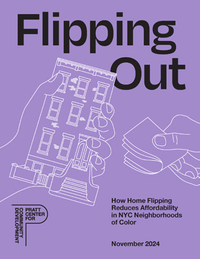
Downloads
